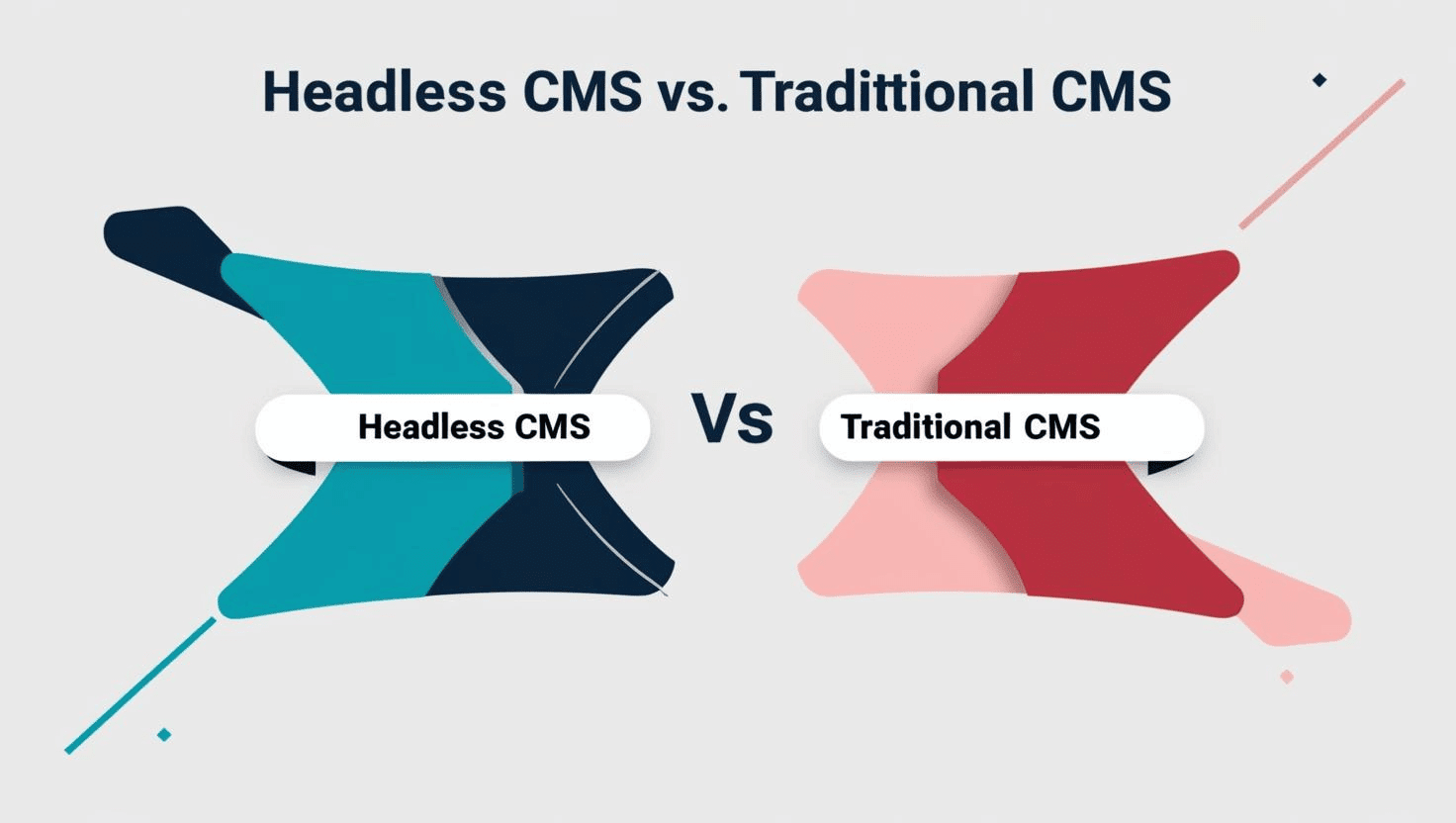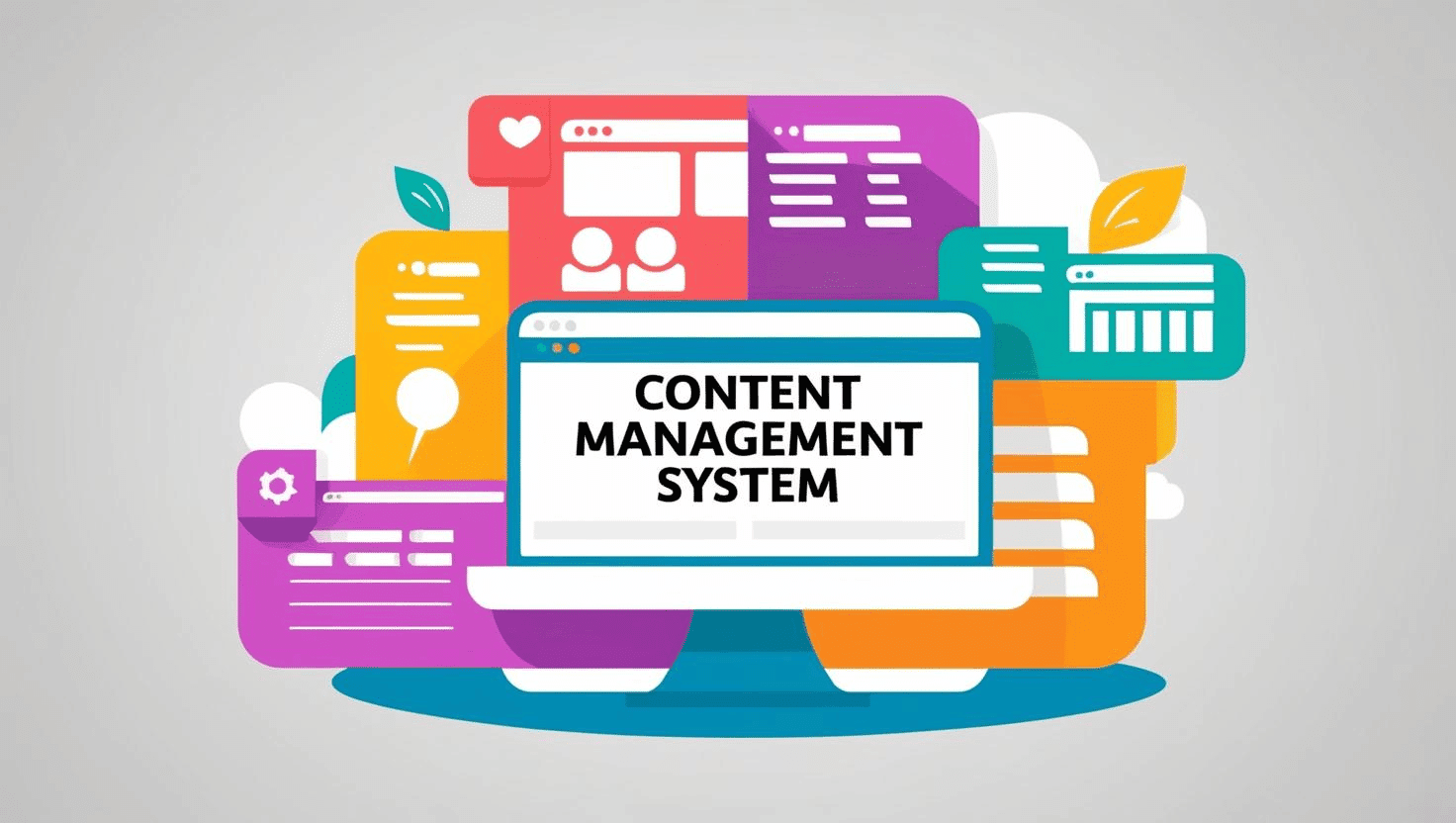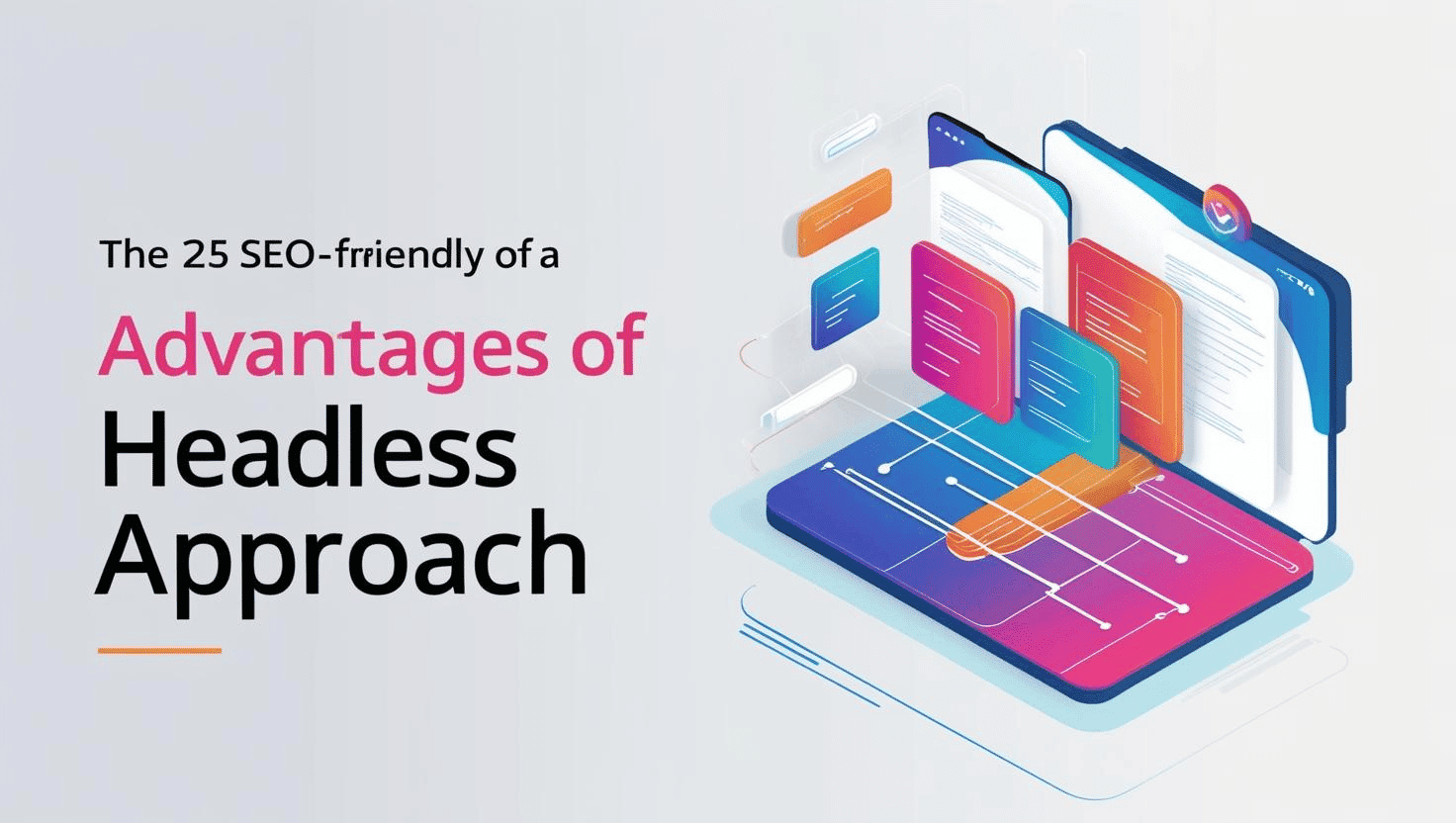
If you are developing a website for personal use or for professional purposes, you have probably heard of the term content management system (CMS). A CMS is a fundamental part of a modern website that allows you to manage digital content for an application or collection of applications without having to code or create new pages. This system will enable you to manage your site, from your written content to your graphics, all in one place.
Content management systems are available in various types; however, there are only two primary types that can be readily identified: traditional CMSs such as WordPress and headless CMSs. Each of these solutions is viable only if your situation, architecture, and long-term content management goals allow it. A conventional content management system (CMS) is an acceptable alternative for some websites. Others will find an autonomous CMS to be the best option.

A Content management system (CMS) is software that helps users create, organize, and distribute digital content. Think of it as a central place to store, update, or publish content for your blog, website, or mobile applications. Typically, these systems are easy to use, with nontechnical people able to navigate through the interfaces, which may be drag-and-drop or WYSIWYG (What You See Is What You Get).
A traditional CMS or monolithic CMS is a user-friendly content management system. In essence, it can be considered a one-stop shop to quickly generate, modify, and publish content to your website. Typically, the process is done through drag and drop. While these systems are helpful, they have limited customization capabilities that may prevent them from being able to deliver content across many platforms, including mobile applications.
The main difference between the decoupled architecture of traditional CMS and headless CMS is that a decentralized content management system can be seen as a separate source of content from its appearance on the web. Application Programming Interfaces (APIs) allow you to access all of your material, such as text, photos, and videos, which you have organized. Using these APIs, developers can then easily retrieve and incorporate this content into any front-end application, like mobile applications, websites, and even intelligent displays. In this section, you can integrate omnichannel content distribution and provide extensive customization.
The development of a headless CMS addresses the drawbacks above. It separates the front-end presentation (the website your visitors see) from the back-end CMS (the user interface your site administrators use to edit the site and publish content).
Decoupling is the primary distinction between autonomous and monolithic CMSes. This architectural distinction gives users an administrative layer for their content that is as easy to use as the original version of the traditional CMS but also supports enterprise-scale expansion.
It has limitless front ends that can be built using any framework, including the developer’s preferred framework, a development tool for mobile applications or IoT, etc. Furthermore, the same content, edited and published in the disembodied back end, can be sent to many intricate presentation layers without undue stress.
The main difference between a Traditional and a headless CMS is the separation of the presentation layer.
Imagine a computer manufacturing facility. Employees manufacture all the hardware components that make up a functional computer under a single roof, including the processors, transistors, circuits, etc. Next, they simply complete the computer by assembling all of the components.
Upon leaving the factory, the computer is prepared for installation and for operation. Like a traditional CMS, this factory has methods of content creation that are inextricably bound to how it is presented.
A headless CMS is like splitting the computer factory in half. All that enables computers to function is manufactured in a single place. After that, you move the components to a second factory, where they are assembled into a computer. The factories are designed to run at maximum efficiency and speed so they can concentrate on what they do best.
In addition, the same factory that makes the building blocks of the computer can send its components to other factories, where they are assembled into sophisticated modern electronics like smartwatches, home refrigerators, and aircraft. This can be done without additional actions from the component factory; it distributes its product to other places. Decoupling increases the business’s efficacy and market surface.

• Omnichannel marketing strategies allow you to spread your advertising budget across different media platforms and test without duplicating your efforts.
• This increased freedom of software engineers to use their preferred tools and work with optimized, coder-friendly systems on the back end significantly improves the developer experience (DX).
• It substantially enhances the editorial experience. You can create custom workflows, input structures, and interfaces without worrying about the front end.
• The fact that your website’s nerve center is located at a considerable distance from its external appearance makes it more secure.
• You can quickly adapt to market changes by easily swapping out one front-end presentation for another.
• Static site generation is a new way to build super-fast websites. You can capitalize on this.
This has been a hot topic in the past few months, with some people rushing to adopt headless CMS solutions and others sticking with traditional CMS platforms.
Content distribution is all about getting content to potential consumers. To gain a competitive advantage in the digital environment, content must be distributed beyond one’s channels. The right strategy ensures that your content is delivered to the right audience at the right time and place. The main goal of content distribution is to increase search engine rankings, generate high quality leads, drive traffic to websites and increase brand visibility.
Content management systems (CMS) traditionally store content in predefined web templates that combine content presentation with back-end structure. On the other hand, a headless CMS separates the front end from the back end and stores content in a separate place. The latter enables content to be distributed across a number of platforms.
An organization can implement an autonomous CMS that does away with content distribution across any channel like mobile and webapps, and other applications like smartwatches and IoT devices. On the other hand, conventional content management systems (CMS) limit content creators to web-based delivery.
The headless CMS is a more effective solution for delivering content to multiple devices, channels and formats. The autonomy of a headless CMS allows you to react very quickly to changing market needs as well as to include new technologies effortlessly.